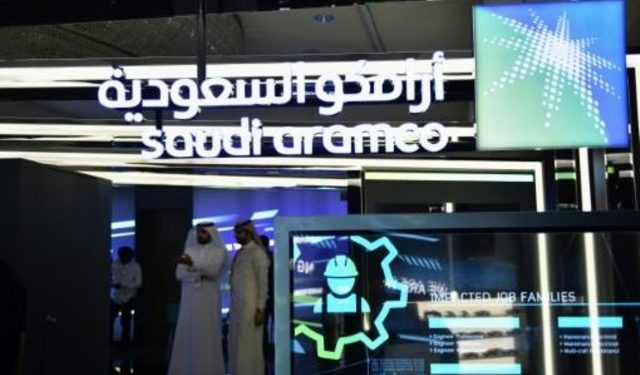
Saudi Aramco’s IPO is being conducted almost entirely with local funds in a fatal failure of Crown Prince Mohammed bin Salman’s Vision 2030 economic plan, according to international reports.
The Financial Times said the latest available data showed the extent to which the kingdom had scaled back its ambitions for the long-awaited process.
Some 4.9 million individual investors in the Kingdom have applied for shares before the end of the deadline on Thursday, with a total value of 47.4 billion Saudi riyals ($12.6 billion), the newspaper said, citing banks involved in the IPO.
The IPO was SAR 118.9 billion, according to the updated data. The IPO will close on December 4.
Of these, less than 11% came from non-Saudi investors, whether they were from other Gulf countries or foreign countries.
Bin Salman’s plan seeks to raise $25 billion from the sale of a 1.5% stake in Aramco through the Saudi stock market, bringing the total valuation of the entire company’s shares to $ 1.7 trillion.
Initially, Bin Salman’s ambitions were to raise $100 billion from the sale of a 5% stake, with the company’s overall valuation at $2 trillion.
The total value of IPO applications amounted to SR166bn, more than the share offered for sale, equivalent to 170% of the amount Saudi Arabia is seeking to raise, which is far less than the other IPOs in the Kingdom’s stock exchange.
The British newspaper The Telegraph has said that modest sums to be earned by Saudi Arabia from the privatization of Aramco may not exceed the coverage of the Kingdom’s fiscal deficit for six months, pointing out that oil exporters have become in lost time, as the world changes its energy policies.
Ambrose Evans-Pritchard said in his newspaper article that the $25 billion would not have any beneficial effect on the 2030 vision of Mohammed bin Salman, describing that vision as a theatrical plan to break the oil addiction and diversification in everything from car factories to weapons production.
He added that the crown prince would not go too far to launch the Neum project, his half-trillion-dollar white giant on the Red Sea.
The Al Saud regime resorted to scams to sell 1.5% of Aramco’s shares on the local Tadawul Exchange, as it did at the Ritz-Carlton princes, doubling the leverage of banks to enable Saudi retail customers to buy shares.
Other foreigners will not touch Aramco even after it has been cut from $2 trillion to $1.6 or 1.7 trillion, because theoretical oil reserves are not worth much these days because of the climate reaction, and large wealth funds have avoided lingering assets and litigation risks.